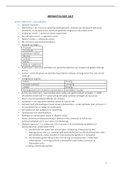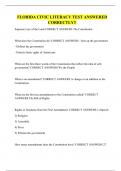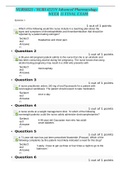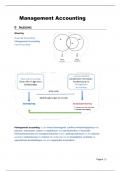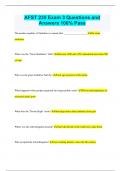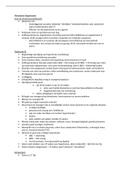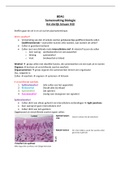Essay
Unit 5: Data Modelling Assignment 1 (Distinction)
- Module
- Unit 5 - Data Modelling
- Institution
- PEARSON (PEARSON)
You have recently joined a new company as a trainee data analyst. The local leisure centre wants to begin a new programme to help people become fitter and healthier by reducing their Body Mass Index (BMI). You have been asked to design and create a spreadsheet model, which can predict the pote...
[Show more]




